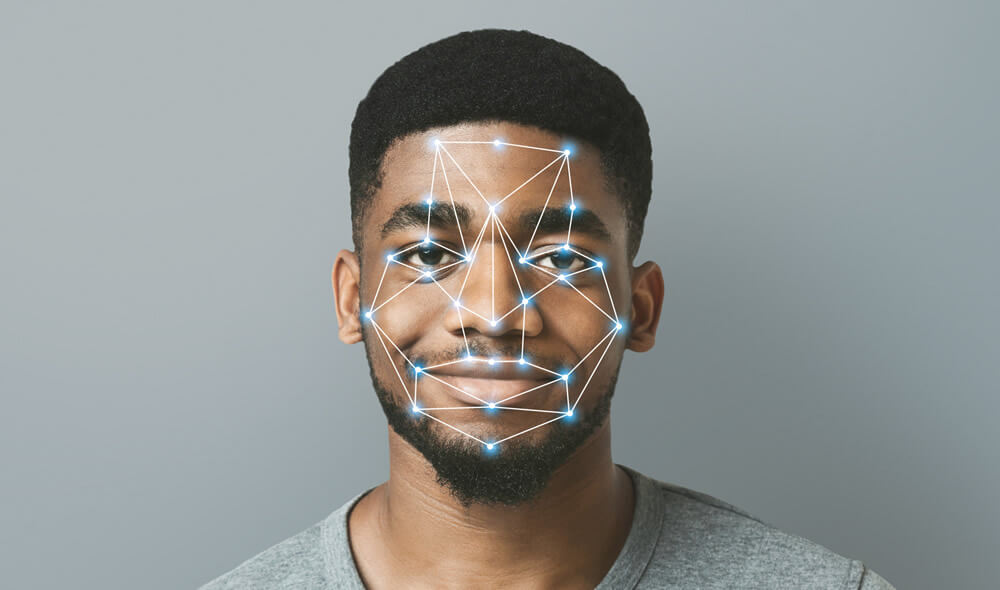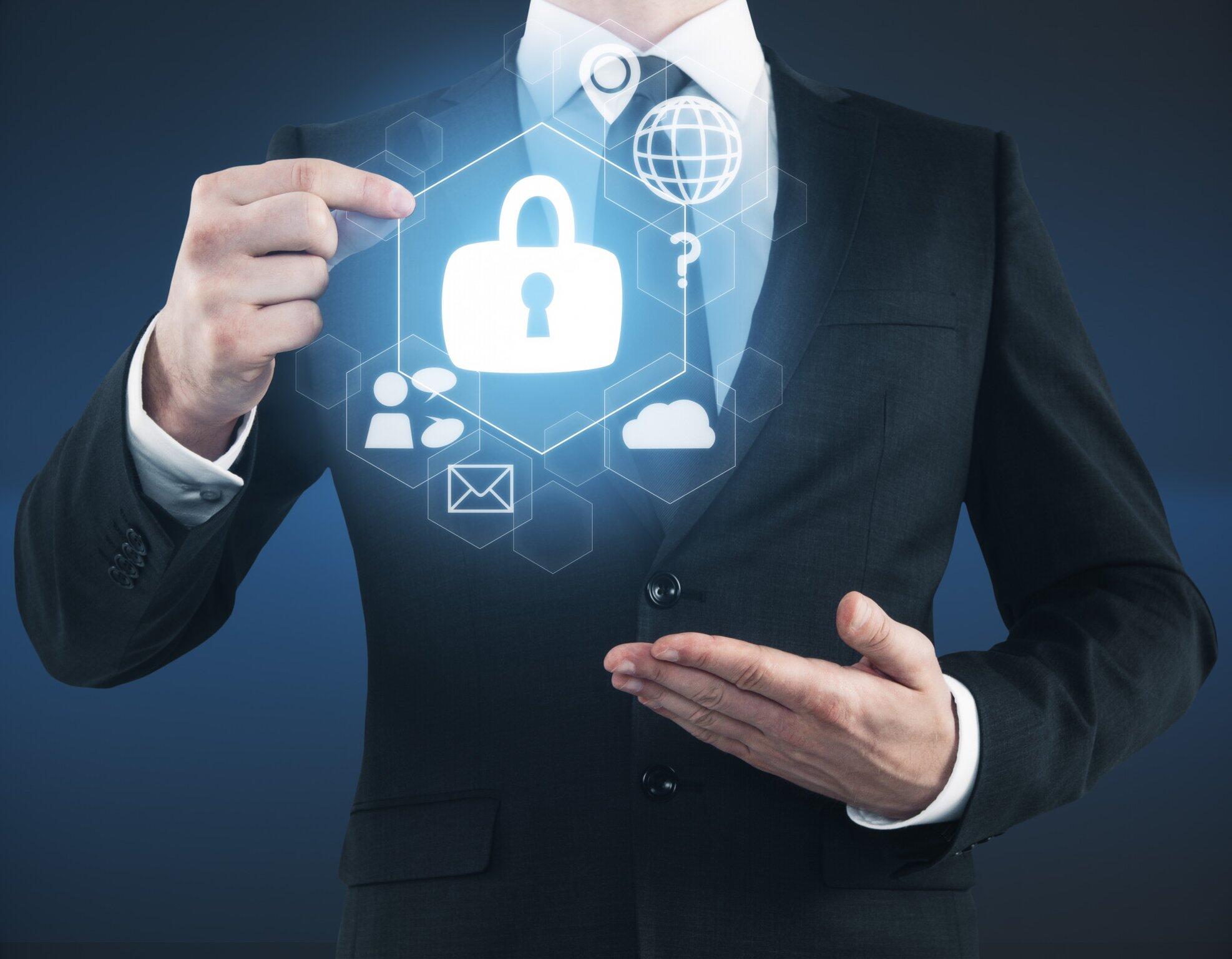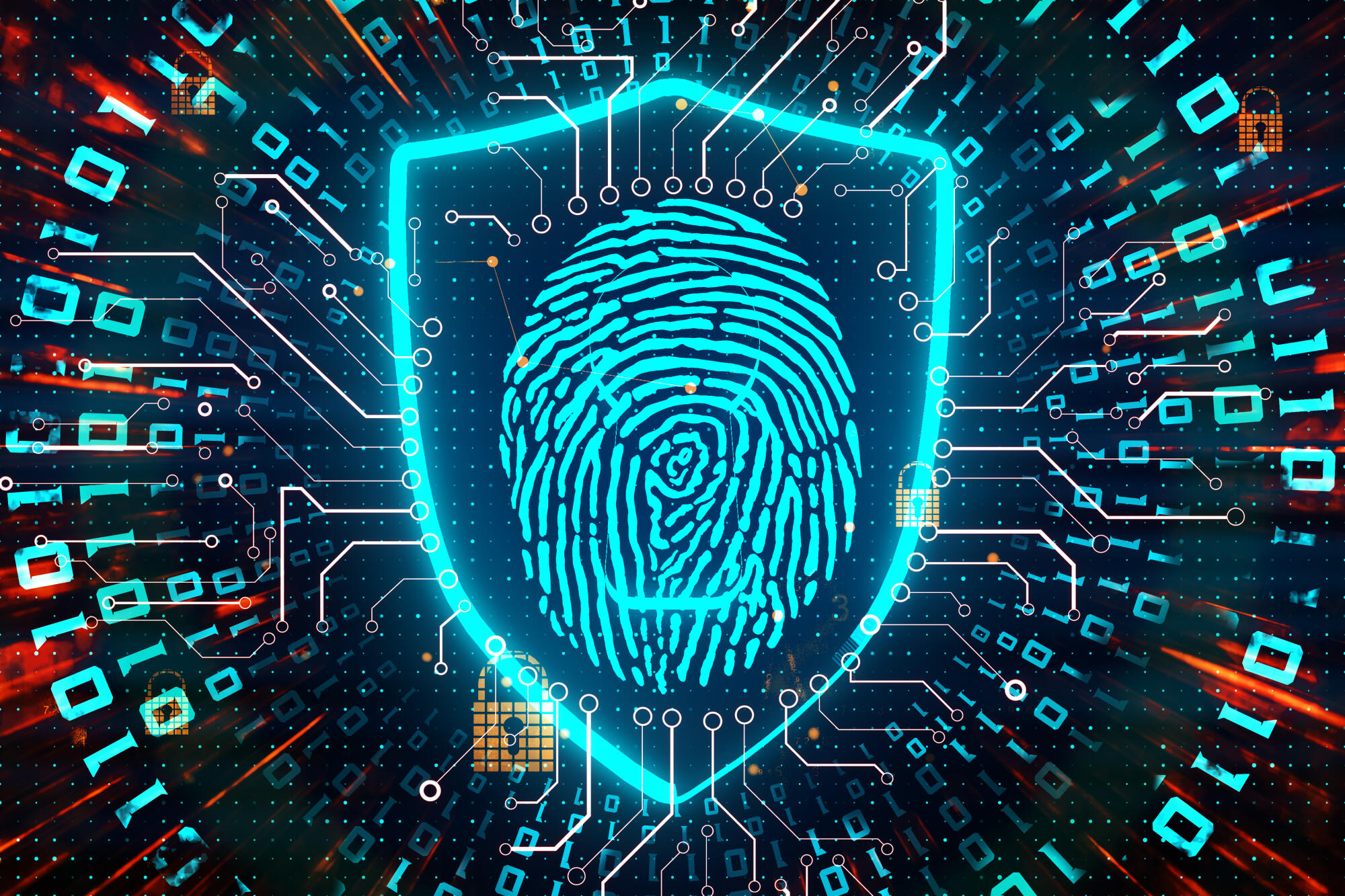Fingerprint Reader vs. Face Recognition: What Are the Differences?
How much do you know about the differences between fingerprint reader vs. face recognition? Read on to learn more about the differences between them.
Did you know that the cybercrime industry is estimated to be worth over $10 trillion before the end of the 2020s? For this reason, focusing on security as an entrepreneur has become more important than ever before.
This is one of the primary reasons why organizations implement fingerprint readers and facial recognition. However, not everybody understands what they need to about both of these. Looking to learn more about a fingerprint reader vs. face recognition?
Let’s take a look at a brief guide for all the answers.
What Is a Fingerprint Reader?
A fingerprint reader is a device that uses biometrics to identify an individual. This technology scans and captures an image of your fingerprint which is then converted into a digital template.
This unique template is used to verify your identity when you attempt to log in or access certain data in the future. So, only users who have been scanned before are able to gain access.
How Does It Work?
When you place your finger on the reader, a light shines up through the surface of your skin and captures an image of your fingerprint. This image is then converted into a digital template and stored in the device’s memory.
The device then determines if new scans match stored information.
What Are the Benefits?
Fingerprint readers provide a variety of advantages, including:
They’re quick and easy to use. All you need to do is place your finger on the reader and it will do the rest.
They’re more accurate than other methods such as using a PIN or password. This is because it’s almost impossible to replicate someone’s fingerprint.
They’re secure. Fingerprint readers are one of the most secure ways to identify someone.
It’s also worth noting that they are relatively easy to implement. For example, available empty space, lighting, etc. are not as much of a concern with fingerprint scanning as they are with face scanning. One consideration, though, is the type of work employees do. If they are getting their hands dirty on the job it could impact to fingerprint recognition.
What Is Face Recognition?
Face recognition technology also uses biometrics to identify an individual.
However, instead of scanning your fingerprint, this type of system captures an image of your face. Like a fingerprint reader, face recognition systems also create a digital template of your facial features.
This template is used to verify your identity when you attempt to gain access to certain information.
How Does It Work?
When you open an application that uses face recognition, the camera on the device will capture an image of your face.
Similar to fingerprint scanning, this image is then converted into a digital template and stored in the device’s memory. If a future scan’s results match with stored memory, then that individual will be granted access.
What Are the Benefits?
Face recognition offers a number of benefits. Some of these include:
Using it is straightforward and simple. All you have to do is look at the camera and it will take care of the rest.
It has a high level of accuracy. As you might guess, it isn’t easy to duplicate facial information.
It’s secure. In fact, face recognition is a highly efficient method that you can use to safeguard data. This makes it great for protecting highly sensitive data.
Of course, companies in some industries can benefit more than others. To clarify, the business that operates in the tech or healthcare space will regularly deal with data that must be protected at all costs.
Considerations for Facial Recognition
For a facial recognition unit to be successful the environment is very important. The face must be able to be clearly seen without glare from lighting, glasses, etc. The other key to success is a clear enrollment photo where the eyes and bridge of the nose are clearly visible.
So, Which Is Better?
There is no clear answer as to which method is better, as the answer is dependent upon your needs. Both fingerprint readers and face recognition systems have their own advantages and disadvantages. Ultimately, it’s up to you to decide which one is right for you.
Fingerprint Recognition:
Widely acclaimed for its precision, fingerprint recognition effectively verifies personal identity by analyzing the unique ridges and patterns on an individual’s fingertips. This method is generally considered more accurate than facial recognition due to the distinctiveness of fingerprint patterns.
Facial Recognition:
Facial recognition systems are increasingly improving, especially as they start to integrate with other biometric technologies like iris recognition. The addition of iris recognition, which identifies unique patterns in the eye, enhances the accuracy of facial recognition systems. Unlike fingerprints, this method allows for contactless verification, an advantage in terms of hygiene and convenience.
However, if you’re unsure about which one to choose, you can always consult with a professional to get their opinion. In fact, working with a professional is one of the best ways to get started.
They will be able to pinpoint weaknesses in your security and offer options that can help improve them.
Which option is more reliable?
When it comes to biometric authentication, the reliability of facial recognition versus fingerprint authentication is a frequent topic of discussion. Which is more reliable? Let’s explore the pros and cons of each technology to provide a clear answer.
Why Fingerprint Authentication Holds Firm
- Stability: Fingerprints are rarely subject to significant changes over time, which makes them a dependable biometric marker.
- Angle Independence: Unlike facial recognition systems, fingerprint sensors operate consistently regardless of how you position your finger.
- Uniqueness: The intricate patterns of our fingerprints are exceptionally unique, making it less probable for two individuals to have matching prints.
Facial Recognition’s Strengths Despite its current drawbacks, facial recognition presents distinct advantages that shouldn’t be overlooked:
- Contactless Convenience: Utilizing facial recognition is as simple as looking at your device, providing a seamless user experience.
- No Physical Interaction Required: Since there’s no need to touch the screen, facial recognition minimizes contact, which can be considered more hygienic.
The Future of Facial Recognition Technological advancements, such as the integration of additional biometric markers like iris recognition, could soon bolster the dependability of facial recognition systems. This might close the current gap in reliability between the two methods.
What Should I Look For in Professional Solutions?
When looking for a professional fingerprint reader or face recognition system, there are a few things you should keep in mind. First, make sure the company you choose is reputable and has a good track record. Second, make sure the system is easy to use and fits your needs.
Finally, make sure the company offers good customer service in case you have any questions or problems.
It’s also in your best interest to read online reviews so that you can see what other customers have had to say. This will provide insight into the type of results that you can expect and prevent you from making a decision that does not benefit your company.
With this information in mind, you’ll be sure to find a fingerprint reader or face recognition system that’s right for you. This will help ensure that you avoid complications in the future that you may have otherwise encountered.
Understanding Fingerprint Reader Vs. Face Recognition Doesn’t Have to Be Difficult
In fact, you will likely find it easier than you anticipated to understand the differences between fingerprint reader vs. face recognition. Our guide above will allow you to find a provider who can meet your needs and help get you on the right track.
Want to learn more about what we have to offer? Feel free to get in touch with us today and see how we can help.




